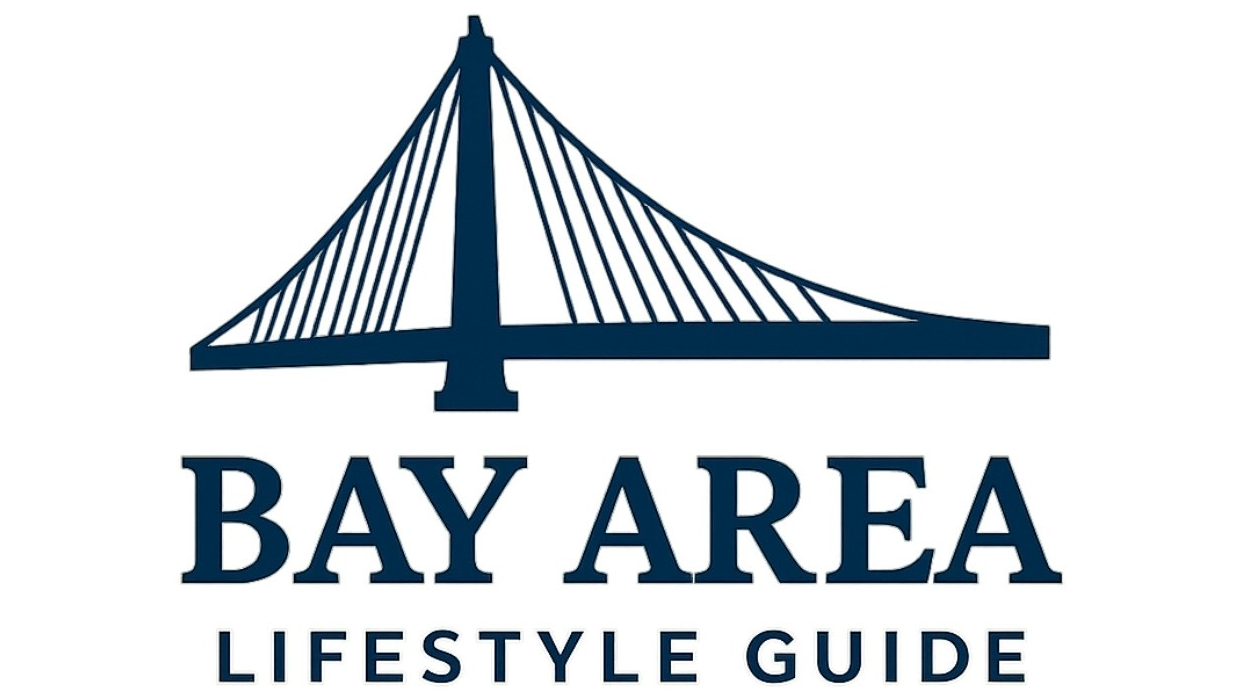
Multimodal Transportation Under Threat: What’s Happening?
The recent decision by the Trump administration to cancel significant federal grants aimed at multimodal transportation projects has left many communities, especially in the Bay Area, deeply concerned. For residents who value sustainable options such as biking and walking, this shift can feel like a direct assault on a more connected and healthier lifestyle.
Understanding the Ripple Effects on Communities
Rick Dunne's heartbreak over losing funding for the Naugatuck River Greenway project is emblematic of a broader trend that threatens grassroots efforts to enhance local transportation. This greenway, studied for its potential to connect 11 towns, underscores the economic benefits communities reap from such projects. A 2017 report indicated that residents near the trail enjoyed nearly $14 million in savings from reduced driving and healthcare costs.
Dunne’s story resonates with many in the Bay Area, where the vision of vibrant parks and interconnected paths has been part of the local ethos. The stark reality is that the administration is prioritizing vehicular growth at the expense of these valuable initiatives. This decision, which critics like Senator Richard Blumenthal have branded as “arbitrary and asinine,” highlights the growing disconnect between government actions and community needs.
Historical Context: The Evolution of Transportation Funding
Understanding the evolution of transportation funding in the U.S. helps clarify the significance of this cancellation. Historically, the trend has swung between promoting road infrastructure and supporting public transit and alternative transportation modes. The last several years saw momentum towards multimodal projects due to heightened awareness of climate change and urban health. With revived interest in biking and walking options among lifestyle-conscious adults, especially in urban settings like the Bay Area, this recent shift feels regressive.
Building Community Resilience Through Advocacy
It’s not just about losing funds; it’s about the community’s response to those losses. Bay Area residents bring an unwavering spirit to advocate for their needs. Activist groups have mobilized to challenge these recent cancellations, demonstrating that community voices are powerful and persuasive.
During this pivotal moment, local governments, nonprofit organizations, and individual citizens are encouraged to rally around the initiatives that matter most to them. From attending town hall meetings to signing petitions, each action adds weight to opposition against the administration's policies. As a community, we must share stories of success and the positive impacts of multimodal projects to strengthen our advocacy.
Future Predictions: Navigating a Shifting Landscape
Looking ahead, the battle for multimodal funding is bound to intensify. As urban planning increasingly incorporates green initiatives, the potential clash between these missions and governmental priorities will undoubtedly shape discussions on future projects.
Residents in the Bay Area, known for advocating for progressive policies, can be at the forefront of this movement. By promoting awareness around the health and economic benefits of a connected community, advocates can leverage public support either to push back against disinvestment or to seek alternative funding routes.
Why Your Voice Matters
Amidst these transportation debates, lifestyle-conscious adults in the Bay Area play a critical role. The metropolitan area thrives on a quest for innovation and well-being, key sentiments that can steer the conversation toward sustainable practices. Every letter written to officials, every signature added to a petition, generates momentum toward creating not only a better biking and walking infrastructure but also a healthier community overall.
Conclusion: A Call to Action
As discussions evolve around multimodal travel and funding, Bay Area residents must engage actively in shaping the narrative. Advocate for your needs, support initiatives that promote sustainable transportation, and ensure that community members' voices are heard loud and clear. Together, we can continue to build a future that stands for connectivity, health, and wellness—all of which are crucial to the Bay Area's unique lifestyle.
 Add Row
Add Row  Add
Add 



Write A Comment